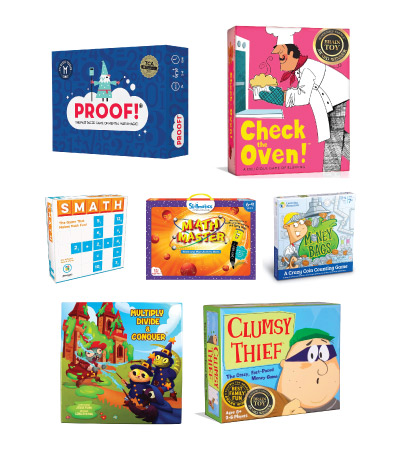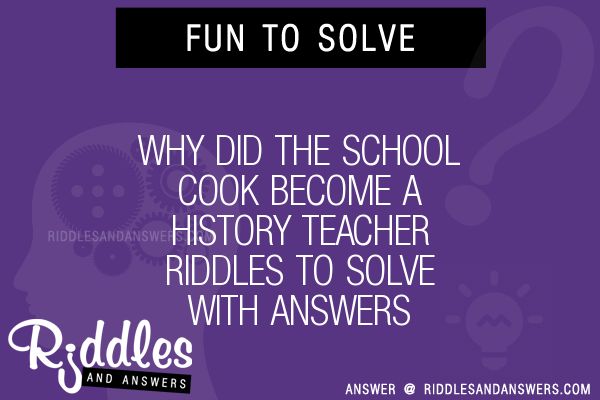
It sounds simple to add two numbers, but it can be difficult for children. Online addition games are a great way for children to learn and practice this fundamental math skill.
Addition is one of the most fundamental mathematics skills that children learn in the early elementary grades. The best addition games are ones that help children practice these fundamental skills while having fun. These games promote positive learning attitudes among young learners. In addition to counting numbers, children may be given the task of solving problems using algebraic formulas and compound linear inequalities.
Cool, colorful visuals are a key component of the best addition games. These games will allow children to apply the concept to real-life situations and help them learn more about addition. They may be given liquids to use in digital beakers, or asked to measure 1 liter of water. Alternately, children may be asked for their identification of objects and to count them one by one. These activities are especially enjoyable for preschoolers.

A number of addition games are available that will help children understand multiplication. These games include a multiplication table as well as a division game. You can also find math games that teach you advanced concepts, such as decimals and fractions. These games may not be as exciting as the addition ones for kids but they are great ways to teach children basic math skills.
Pom Pom (a game that teaches children addition) is another great addition game. It is a game that teaches children how to match numbers. To achieve their goal, they may need to use a pair or dice. Children may also be motivated by the big bonus prize at the end of their game.
The Turtle Diary series, which teaches children to add, is called Turtle Diary. The company's online addition games present the same concepts in different ways, and a number of the games have fun musical accompaniment. The games teach children that adding is much more fun than they imagine.
In addition to the Turtle Diary series of games, there are a number of other fun addition games online. These include simple addition puzzles and more difficult problem-solving games. They are designed by education experts and will appeal to children of all ages. They also fit in with the common core curriculum. There are also free games for kids online that can be played with little or no cost. You can play the Add'em Up Take'em Away online game to help children practice adding fractions.

You can also find addition games that are great for kids and make the most of the internet. These games incorporate fun and colorful visuals and have cool features such as interactive math problems. They also include a free recording sheet for recording children's answers.
FAQ
What are the different types of early childhood education?
There are many ways you can describe early childhood education. Some of the most popular ones are:
-
Preschool - Children ages 2 to 5
-
PreKindergarten for children aged 4-6
-
Head Start/Headstart - Children from 0-3 Years
-
Day Care/ Daycares: Children 0-5
-
Child Care Centers - Children ages 0 to 18
-
Family Childcare - Children between 0 and 12 Years Old
-
Home Schooling - Children ages KG to 16
What's the difference between college and school?
Schools are often divided into classes or grades, with one teacher teaching a class of students. Colleges are larger organizations that offer more specialized programs and often include university-level courses. The majority of schools focus on core subjects, while colleges offer more specialized programs. Both levels of education are designed to prepare students for higher-level study.
Do you have to go to college in order become an early education teacher?
You can't, but it is worth considering going to college to get a degree in this field.
It's important to note that becoming a teacher isn't easy. Each year there are many applicants that are not accepted into programs. Many students also quit college after only one semester.
To become a teacher, you must also meet certain qualifications.
What are some ways to get scholarships?
Scholarships are grants awarded to help pay for college expenses. There are many types and types of scholarships. These are:
-
Federal Grants
-
State Grants
-
Student Loans
-
Work Study Programs
-
Financial Aid
Federal grants come directly to the U.S. Federal grants are subject to certain conditions. You must, for example, demonstrate financial need.
Individual states offer state grants. Some states offer state grants based only on financial need. Other states award money for specific reasons.
Banks and other lending agencies can provide student loans. Students often borrow money to pay for tuition and living expenses.
Employers can use work-study programmes to attract qualified students. Employers must pay workers at least minimum wage.
Financial aid can help families with low incomes afford college by covering all or part of tuition costs.
How long should I prepare for college?
The time it takes to prepare to go to college will depend on how much time you are willing to dedicate to your studies. It is a good idea to start college preparation courses immediately if your goal is to attend college as soon after you graduate high school. However, if you have plans to wait several years before starting college planning, then you don't necessarily need to do so until later.
Your parents and teachers should be involved in your discussions. They might recommend certain courses. You should keep track of which courses you took and what grades you got. You'll be able to see exactly what you need next year.
Statistics
- And, within ten years of graduation, 44.1 percent of 1993 humanities graduates had written to public officials, compared to 30.1 percent of STEM majors. (bostonreview.net)
- Among STEM majors, that number is 83.5 percent. (bostonreview.net)
- These institutions can vary according to different contexts.[83] (en.wikipedia.org)
- Globally, in 2008, around 89% of children aged six to twelve were enrolled in primary education, and this proportion was rising. (en.wikipedia.org)
- They are also 25% more likely to graduate from high school and have higher math and reading scores, with fewer behavioral problems,” according to research at the University of Tennessee. (habitatbroward.org)
External Links
How To
How to enroll in homeschooling
Homeschooling refers to the education of children at home. It involves teaching them through different methods, such as reading books, watching videos and doing exercises. Because they allow students to learn at their pace and develop skills like problem solving, creativity and self-discipline as well communication and social skills.
Many people want their children to be educated at home. This is especially true for working parents. In this case, they can opt for homeschooling, which allows them to dedicate their time and energy to their children's education without having to worry about finding someone to take care of their children while they go to work.
Homeschooling has many benefits. They can develop their ability to think critically and create, increase their knowledge, improve their language skills, develop their identity, become independent learners and have greater control over their lives than if they were in school.
The main objective of homeschooling is to provide quality education to children so they can become successful adults. Before you begin homeschooling, you will need to meet some requirements. This includes determining whether your child qualifies to attend private or public schools. The type of curriculum that you choose to use for homeschooling is an important consideration. There are many types of curricula you can choose from online depending on your preferences, budget, and level. These include Waldorf, Montessori and Waldorf as well as Reggio Emilia, Charlotte Mason and unschooling. You must also ensure that you have all the resources necessary to educate your child before you start homeschooling. This means purchasing textbooks, educational materials, computers, electronic devices, toys, games, art supplies, musical instruments, etc. These items can either be bought online or at local stores.
Once you have completed all the steps mentioned above, the next step would be to register yourself as a homeschooling parent. To do this, contact your state department or education for assistance. They will assist you with filling out forms and provide guidance on how to get started homeschooling.